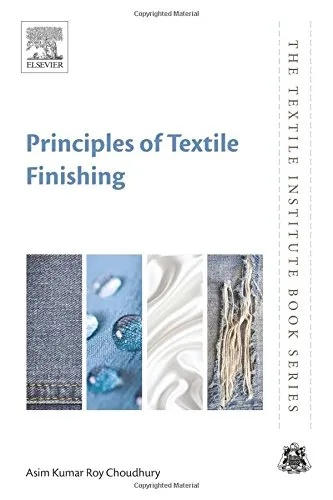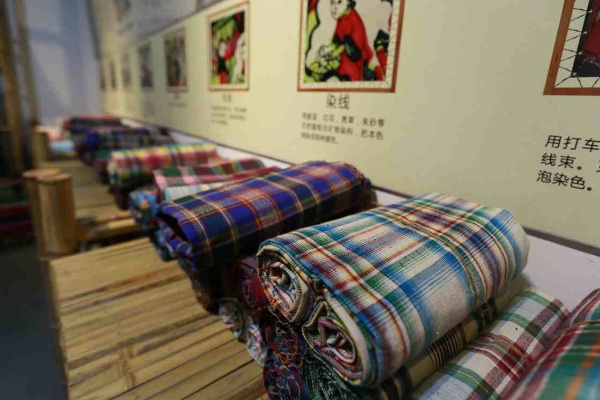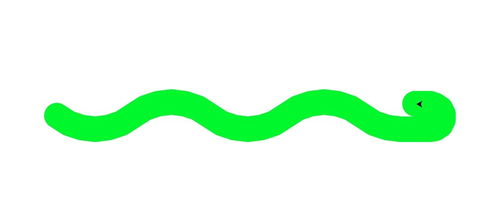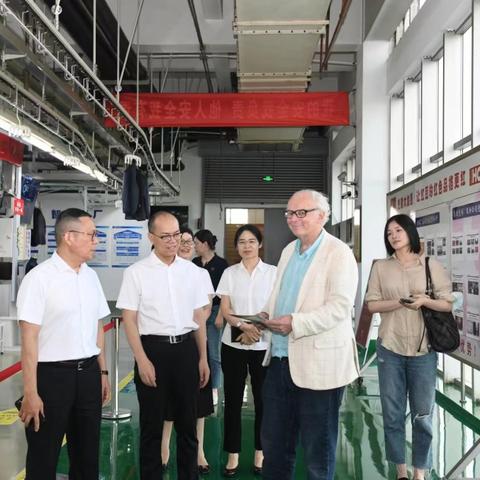The Art of Textile Inspection:A Comprehensive Guide to the Process
: The Art of Textile Inspection: A Comprehensive Guide to the Process,Abstract:,This comprehensive guide provides a detailed overview of the process involved in textile inspection, highlighting its critical role in ensuring quality and safety standards are met. From initial inspection to final evaluation, each step is meticulously explained, with practical examples and case studies illustrating best practices. The guide covers topics such as visual inspection techniques, laboratory testing methods, and advanced inspection tools and technologies. By following this guide, readers will gain a deeper understanding of the complexities involved in textile inspection and be equipped with the knowledge necessary to perform effective inspections.
Introduction: The textile industry is a vital sector that contributes significantly to global economic growth and employment opportunities. However, with its vast array of products, quality control becomes crucial for ensuring consumer satisfaction and product safety. Textile inspection, therefore, plays a significant role in maintaining the integrity and reliability of these products. In this article, we will delve into the various aspects of textile inspection, including the process, tools, and methods used to ensure high-quality standards. We will also provide an overview of common textile issues and how they can be detected through specialized testing procedures. By the end of this guide, you will have a comprehensive understanding of the textile inspection process and the importance of implementing effective quality control measures.

Textile Inspection Process: Textile inspection is a systematic approach that involves the examination of textile products to identify any defects or flaws that may compromise their performance or aesthetic appeal. The process typically follows these steps:
-
Pre-inspection: Before conducting any tests, it is essential to assess the condition of the textile product. This includes visual inspection, which involves examining the product's appearance, texture, and color. Additionally, it may involve measuring dimensions and checking for signs of wear and tear.
-
Testing: Once the product has been assessed, it is subjected to various testing procedures to determine its quality. These tests include:
-
Shrinkage Test: This test measures the extent to which a fabric shrinks after being washed. It is important to ensure that the fabric does not exhibit excessive shrinkage, as this could compromise its durability and comfort.
-
Stress Test: This test simulates the impact of external forces on the fabric, such as wear and tear. It evaluates the fabric's ability to resist deformation under pressure and determines its resilience.
-
Color Test: This test checks the consistency of the fabric's color throughout its length. It ensures that the product does not exhibit discoloration or fading, which can affect its aesthetic appeal.
-
Flame Test: This test measures the fabric's resistance to burning. It evaluates the fabric's ability to withstand flames without catching fire or releasing harmful fumes.
Post-inspection: After completing the testing procedures, the product is returned to its original condition for further evaluation. This may involve retesting certain parameters if necessary, or making any necessary repairs or adjustments to ensure its compliance with quality standards.
Tools and Methods Used in Textile Inspection: To ensure accurate results, specialized tools and methods are employed during textile inspection. Some of the commonly used tools include:
-
Scales: These are used to measure the dimensions of textile products, ensuring they meet predetermined specifications.
-
Mechanical Testers: These devices measure the strength and flexibility of textile materials, providing valuable information about their structural integrity.
-
Digital Image Analysis Systems: These systems use advanced technology to capture and analyze images of textile products, enabling precise measurements and detection of defects.
-
Laser Marking Devices: These tools mark specific areas of textile products for easy identification during subsequent inspections.
Common Textile Issues and Their Detection: Textile inspection is not only about identifying defects but also detecting potential issues before they become problems. Here are some common textile issues and how they can be detected through specialized testing procedures:
-
Poor Quality Fabric: This refers to fabrics that do not meet minimum standards for durability, comfort, and aesthetic appeal. Poor quality fabrics can cause discomfort, fatigue, and poor overall performance. To detect these issues, testing procedures such as stress tests and color tests should be conducted on all fabric samples.
-
Defects in Pattern Design: If a pattern design is not properly executed, it may result in visible defects on the fabric surface. These defects can affect the product's appearance and functionality. To detect these issues, visual inspections and pattern analysis techniques should be employed.

-
Missing Threads or Tapes: These issues can compromise the integrity of the product and lead to safety hazards. To detect these issues, thorough inspections should be conducted using tools such as tweezers and magnifying glasses.
-
Improper Washing or Drying Procedures: Improper washing and drying techniques can lead to degradation of fabric properties, resulting in reduced durability and comfort. To detect these issues, testing procedures such as shrinkage tests and flame tests should be conducted on all fabric samples.
Conclusion: In conclusion, textile inspection is a critical aspect of maintaining the quality and safety of textile products. By following a systematic process involving pre-inspection, testing, and post-inspection, manufacturers can ensure that their products meet the highest standards of excellence. Employing specialized tools and methods allows for accurate detection of common textile issues, enabling them to be addressed promptly and effectively. By investing in effective quality control measures, companies can build trust with consumers, enhance brand reputation, and maintain profitability. Therefore, it is essential for textile manufacturers to prioritize quality control and invest in the latest technologies and tools to ensure the continued success of their products.
大家好,今天我们来聊聊纺织品检测这个话题,纺织品检测是确保纺织品质量、性能和安全的重要手段,下面,我们将通过一个英文案例和表格来详细解释纺织品检测是什么以及其重要性。
纺织品检测概述
纺织品检测是指通过一系列科学、技术手段和方法,对纺织品的质量、性能和安全性进行全面评估的过程,它涵盖了纤维成分分析、织物结构与性能测试、化学成分分析等多个方面,纺织品检测的主要目的是确保纺织品符合相关标准和法规要求,保障消费者的使用安全和健康。
纺织品检测的流程
- 材料准备:进行样品采集,确保样品具有代表性。
- 实验室测试:根据检测标准,进行纤维成分分析、织物结构与性能测试等。
- 结果分析:通过数据分析,得出样品的质量、性能和安全性评估结果。
- 报告出具:根据检测结果,出具详细的检测报告。
纺织品检测案例说明
以一个具体的纺织品检测案例为例,说明纺织品检测的重要性,某品牌的新款床上用品面料采用了高质量的纤维材料,经过严格的检测流程后,发现该面料具有优良的吸湿性、透气性和耐用性等特点,这一发现不仅保障了消费者的使用安全和健康,同时也为该品牌的产品赢得了良好的口碑。
表格说明:
| 项目 | 描述 |
|---|---|
| 检测目的 | 确保面料符合相关标准和法规要求 |
| 材料准备 | 采集样品,确保样品具有代表性 |
| 实验室测试内容 | 纤维成分分析、织物结构与性能测试等 |
| 结果展示 | 发现面料具有优良的吸湿性、透气性和耐用性等特点 |
| 应用场景 | 保障消费者使用安全和健康,提升品牌产品竞争力 |
纺织品检测的重要性
- 保障纺织品质量:通过纺织品检测,可以确保纺织品的质量符合相关标准和法规要求,避免出现质量问题引发的纠纷和投诉。
- 提高纺织品安全性:纺织品检测可以检测出纺织品中可能存在的有害物质和杂质,保障消费者的使用安全和健康。
- 促进纺织品行业发展:纺织品检测是纺织行业发展的重要支撑,可以促进纺织品的研发、生产和销售。
纺织品检测的实践方法
- 纤维成分分析:通过各种仪器设备对纤维的种类、含量、结构等进行测定和分析。
- 织物结构与性能测试:通过拉伸测试、耐磨测试、抗皱测试等手段,对织物的结构与性能进行评估。
- 使用标准样品进行比对:在实验室中,可以使用标准样品进行比对和验证,提高检测的准确性和可靠性。
纺织品检测是确保纺织品质量、性能和安全的重要手段,通过科学、技术手段和方法,对纺织品进行全面评估和检测,可以保障消费者的使用安全和健康,促进纺织品的研发、生产和销售,希望本文能够为大家提供有益的参考和帮助。
Articles related to the knowledge points of this article:
The Role of the National Textile Supervision and Testing Center



